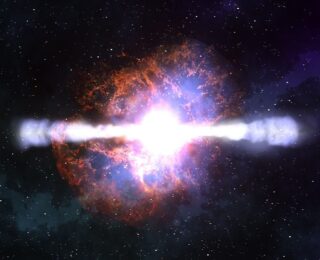
Transient Butterflies: Fast Blue Optical Transients can be powered by Jet-Shocked Cocoons
FBOTs or butterflies? Today’s paper presents a new model to describe the emission from fast blue optical transients.

FBOTs or butterflies? Today’s paper presents a new model to describe the emission from fast blue optical transients.
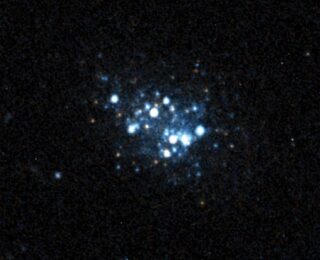
Today’s authors explore a nearby analog of some of the earliest galaxies to form in the universe and measure a metallicity gradient.
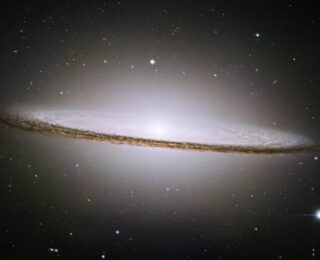
Today’s bite explores the two main pathways of S0 galaxy formation, ram-pressure stripping and galaxy mergers.
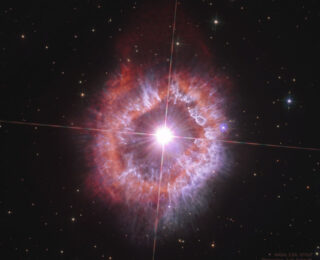
Where does the dust in the universe come from? Today’s bite explains that luminous blue variables, a rare type of evolved massive star, may be the second most important producer of dust in galaxies.
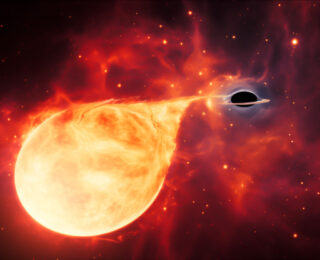
How can tides help us find hidden compact companions and yield detailed physics on stellar binaries?